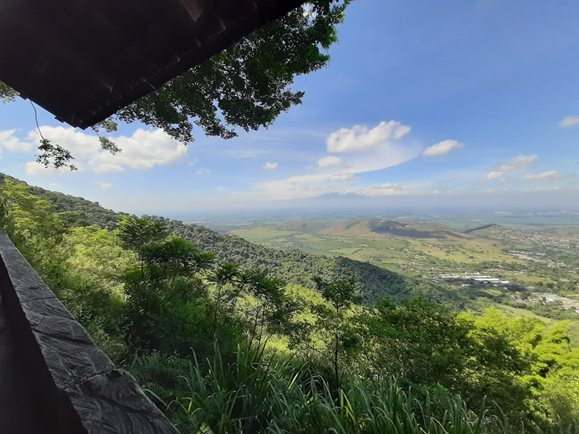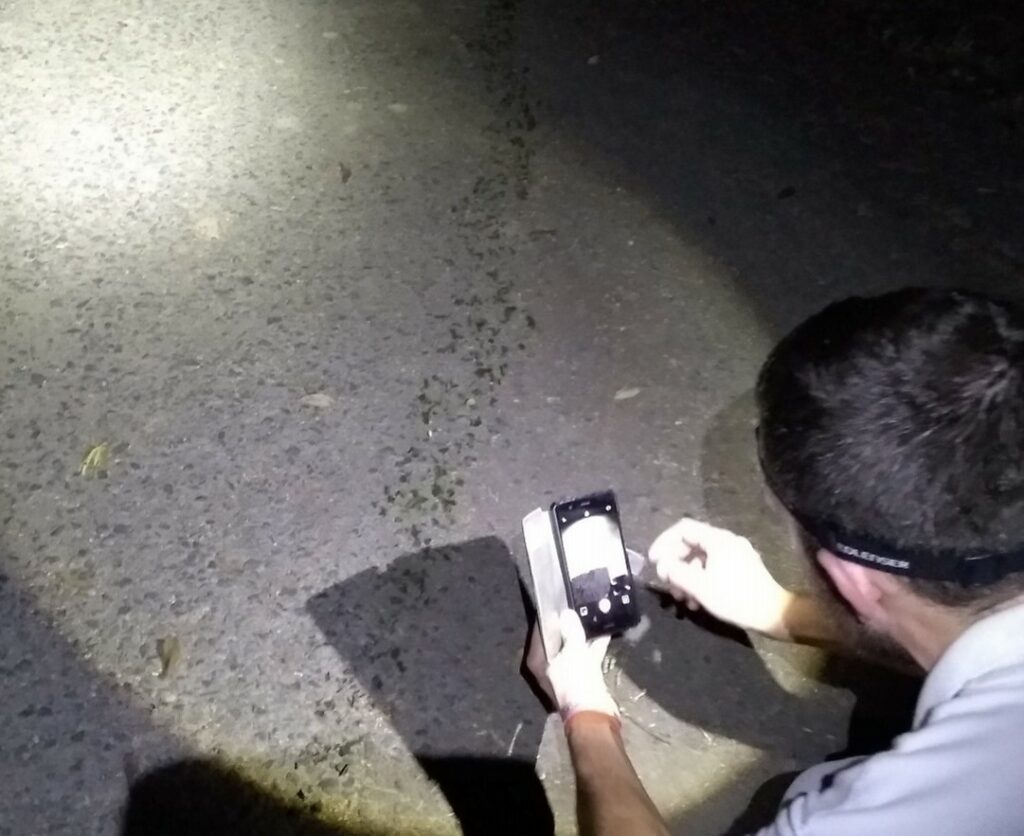Written by Adriana Suárez-Delucchi September 29th 2020.
As a Chilean my idea of the Andes mountains has always been as a majestic, imposing, all-encompassing feature of more than 6,000 meters high. My Andes are of a blue shade and topped with ice in winter months. They are full of valleys, nooks, mysterious species, and life forms struggling under the rocks, behind the cracks, or on the apparently infertile dirt of the Altiplano.

The image of the Andes I had in my mind changed abruptly after we landed in Colombia as we were surrounded by rolling green hills covered with grass, trees, and shrubs. These hills seemed younger and more playful than my Andes. A trip to Nirvana National Reserve in Palmira was a lush contrast of greens and colourful insects and flowers, and a reminder that we were in one of the most biodiverse countries in the entire world. My friends Jill and Cristina from the botanist team, taught me about the different plants we saw and deliberated about the species and families they must belong to.

While staying at CIAT’s impressive installations in Palmira, Mike and Lois, colleagues from the entomology team, took me on a little night adventure. They were equipped with powerful torches that showed me a world that otherwise I would have overlooked. We saw owls and the impressive hard-working leaf cutting ants, who were patiently running up and down the fields, creating a highway which traffic seemed to be unfaced by our presence. They were on a mission!

Photo: Leaf-cutter ants, January 2020, CIAT. By Lois Kinneen
During the whole fieldwork I tried different fruit juices: guanabana, lulo, passionfruit, chirimoya, mango, orange and pineapple. The size of the avocados was impressive to my eyes. I enjoyed discussing with the Colombian researchers, important topics such as which avocados were the tastiest and whether Chilean chirimoyas were better than the Colombian guanabana. Whatever the outcome of this playful competition, I kept thinking how the Andes are an important element of our identity, albeit the different expressions of this feature across the continent.
Gabriela Mistral, Nobel Prize of Literature, came to my mind during this fieldwork, especially through her poem “Cordillera”:
You walk, mother, without knees,
Strong with momentum and confidence;
with your seven peoples you walk
on your sweet skirts;
You walk the night and the day,
from my Strait to Santa Marta…
Yet, another Andes greeted us in Florencia where the air was humid and sticky, and the temperature reached above 30 degrees Celsius in January. These hills were softer, rounder, and the best juice served here is the lemonade with panela (sugar cane) that welcomes you after a long walk under the sun. The people we worked with, farmers living in the Caquetá region, would generously receive us with this delicacy or a “tinto” (coffee), with milk proudly produced with their hard work and their own hands. Tough conditions to work under such as a merciless sun and high humidity, did not put people off from talking to talk to us about their life and experience with agroecological projects. My colleagues and I learned so much about the lives of farmers in this region, their efforts to cultivate the land, to sustain their cattle, and the conditions of their work in dealing with an environment that is at the same time giving and vulnerable. To the rhythm of “La Bicicleta” by Carlos Vives pouring through the speakers of our pickup truck, we had stimulating intellectual conversations with the academics involved in the social aspects of the project. I’m incredibly grateful for this opportunity and the knowledge gained.
It saddens me to think this pandemic might mean we will not be able to return to the field as expected, or re-join with the friends we made during our time in Colombia. However, the memories of collaborative work are something we can write and talk about for many years to come. Our experiences will be valuable regardless this moment in time, and I look forward to continue learning from and working with our friends in the UK and in the Andean-Amazonian Piedmont of Colombia.

